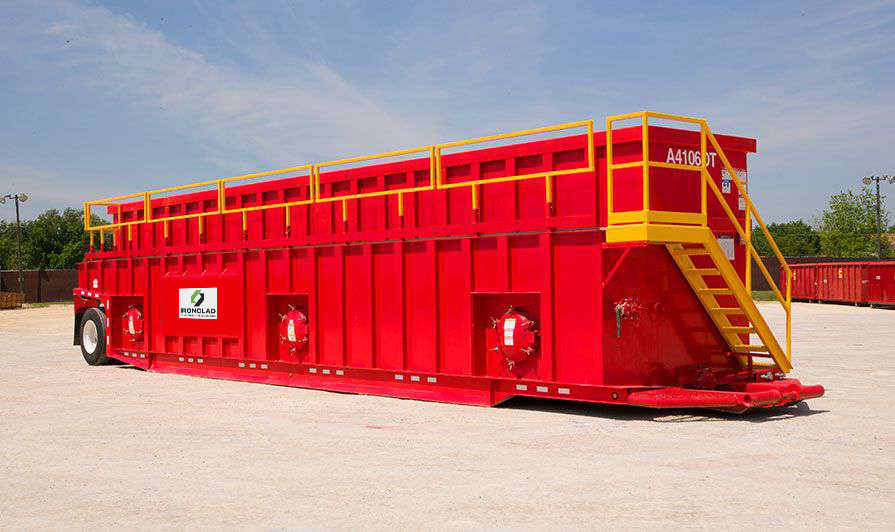How to Dewater Construction Sites – The Essentials
It takes committed teams and careful planning to drive construction projects toward timely completion. There are many things that need to be taken care of when construction operations begin, such as dewatering.
Dewatering is the general practice of removing any water that accumulates at construction sites since it slows down production and could cause an unsafe work environment. In some cases, neglecting this step may even cause future issues like pavement failure, so getting rid of it is a major priority for contractors working on site.
In this article, we look at steps taken in the dewatering process and methods involved while learning how to dewater a construction site.
How to dewater construction sites – The essentials

- Examine the water – Before you begin the dewatering process, you need to figure out the nature of the water present. Is it surface water only? Or, are you also dealing with groundwater conditions? A visual examination is the first step. The next step is to determine what sediments if any; you will need to separate out. You will also need to determine if the water contains any contaminants.
Additional testing may be required if you cannot assess the quality of the water and the level of pollutants it contains visually. This may include determining pH levels, the nature of pollutants, and more based on the results of the visual examination. Monitoring the type of pollutant in the water is essential because the discharge of water is regulated. For water that contains contaminants, discharge can only occur after testing shows that harmful pollutants aren’t detected or are detected below a certain level.
- Get permits – There are various dewatering systems in construction and most require permits from federal, state and local governments. These permits and the parameters required to acquire them differ from state to state. Types of permits also vary based on factors such as the type of water that is being dealt with and your location.
- Treat the water – Depending on the method you choose to dewater a construction site, which is listed later in this article, and the nature of the pollutants present in the water, you may have to conduct some preliminary treatment on-site before it is ready for dewatering. Typically, this includes sediment removal.
Removing sediment is one of the basic steps of the dewatering process, and usually requires dewatering boxes and containers with filter liners, or the use of solutions such as desilting basins or sediment traps. Based on the size of sediment particles and other factors, filtration methods like gravity bag filters, pressurized bag filters, cartridge filters, and sand-media particulate filters are used to treat the water.
Construction dewatering methods and discharge options
Here are some commonly applied dewatering systems in construction to help you determine which choice suits your needs best. Information on our construction solutions page can also help assist your dewatering efforts, with various dewatering equipment for rent.
- On-site dewatering – The simplest method is to retain the water and repurpose it for construction needs as required and let the rest evaporate. However, this can only be done if the water is free of pollutants and can be stored in a secure and appropriate location on the construction site and permits are typically required to use this construction dewatering method.
- Discharge to adjacent land – If an agreement can be reached with the owner of unoccupied land outside of, but adjacent to the construction site, then the water may be discharged there. A detailed agreement is required that covers certain legal parameters such as compensation offered, assessment of the level of pollutants, and sediment in the water.
- Discharge off-site – In this method, the water is collected and transported to a facility away from the construction site for discharge. Sometimes the water can be repurposed for uses such as irrigation. However, this will depend on the quality of the water. Containment tanks are used to help transport the water to the chosen site.
- Sewer system discharge – In certain cases where the pollutant levels in the water are within permissible levels, water may be discharged through the sewer system. Mandates for testing and treating the water must be reviewed, and there are typically fees that must be paid. Testing and reporting must also be done in order to obtain a permit from the local sanitary sewer agency.
- Off-site treatment – If dangerous toxins are present in the water, then the safest, and potentially only, construction dewatering option you may have is off-site treatment. In this case, the water is taken to a facility for treatment so that it does not cause damage to the environment.
For accumulated precipitation rather than construction water, you can discharge it directly from the project site, as long as the water is free of pollutants and sediments.
Dewatering is a critical part of the construction process, and ignoring the right process is not an option if you want to avoid potential violations and fines; so it is important to choose a trusted dewatering equipment provider. Contact us today for more information.